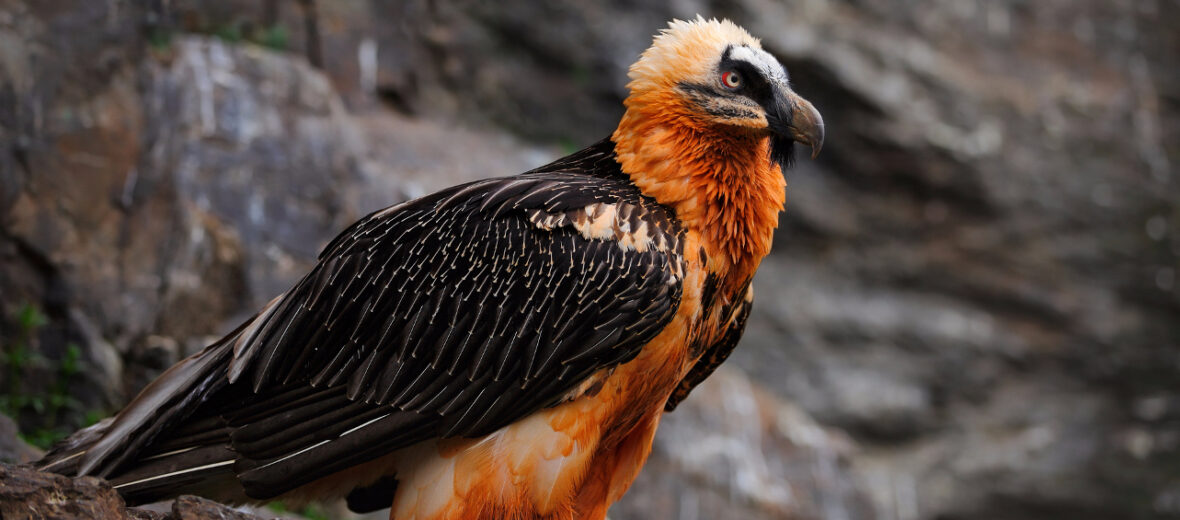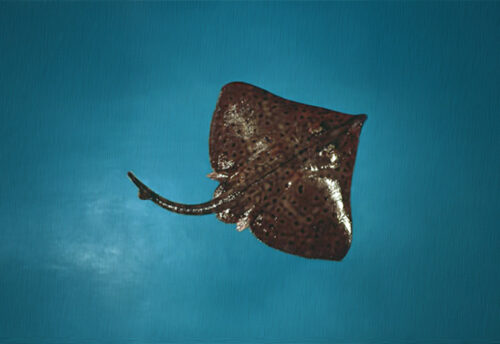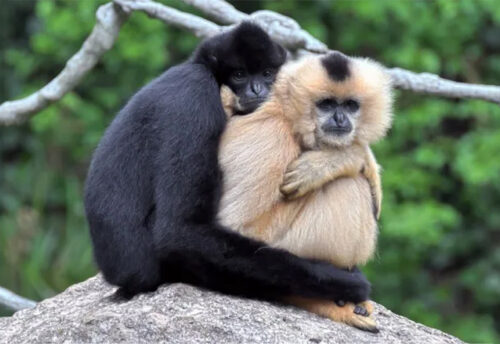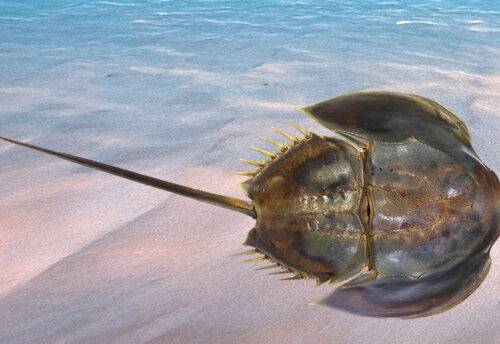
The bearded vulture, aka lammergeier is one insane bird! One might even go as far to say, this vulture is the most metal of all birds. From eating bones to dying its feathers with dirt and blood, this critter is among the top of the list of insane birds. There are many legends and fables surrounding this vulture; even claiming that they would take babies away. They have made quite an impact on European folklore. Their main threats to survival are illegal use of poisoned baits set for jackals, wolves, crows, & foxes, lack of food, habitat destruction, and illegal hunting. They are listed as Near Threatened by the IUCN.
First the Stats…
Scientific name: Gypaetus barbatus
Weight: Up to 13 lbs.
Length: Up to 4.1 feet
Wingspan: Up to 9.3 feet
Lifespan: Up to 22 years
Now on to the Facts!
1.) They are one of the largest old world vultures.
2.) Thinking that these birds would carry away babies, worried parents hunted the vultures to near extinction.
3.) Apparently, they actually make great pets.
4.) The bearded vulture is the only known animal to feed almost exclusively on bones. In fact 70% – 90% of their diet is that of the bones of the dead. In Crete, they are known as the “bone-eater”. They will drop larger bones from up high on to the rocks below, in order to break them, then immediately fly after them in a unique spiral formation to retrieve said bone meal.
5.) Their stomach acid is so strong it can dissolve bones in 24 hours!
But wait, there’s more on the bearded vulture!
6.) These birds will use soil and even blood to stain their feathers as a sign of maturity and an overall tough guy/girl status. I told you they were metal!
7.) Only a mere 100 breeding pairs exist in Europe currently. Most of these pairs live in the Pyrenees between Spain & France; on the Island of Corsica, mainland Greece, and on the Greek island of Crete.
Did you know…?
Greek playwright Aeschylus suffered from thanatophobia (fear of dying). Thus he spent most of his days outside, for fear of something falling on him. Bald headed, he was mistakenly taken for a rock and a lammergeier dropped a turtle on his head – killing him instantly! How’d that work out for you, buddy?
8.) In certain areas of France & Spain, bachelor bearded vultures will often join a pre-mated pair, creating what is known as a polyandrous trio. That’s right, an avian threesome.
9.) Bearded vultures are typically monogamous (mate for life) and breed once a year.
10.) Females lay up to 3 eggs.
Now a Short Bearded Vulture Video!
Also, check out the Critter Science YouTube channel. Videos added frequently!
Want to suggest a critter for me to write about? Let me know here.



